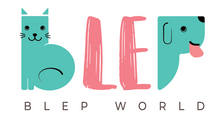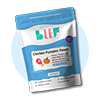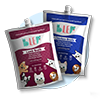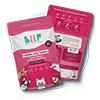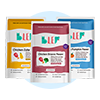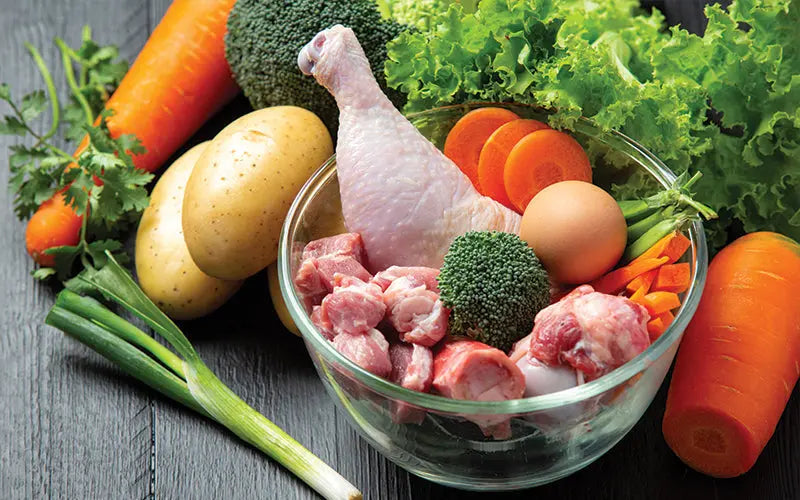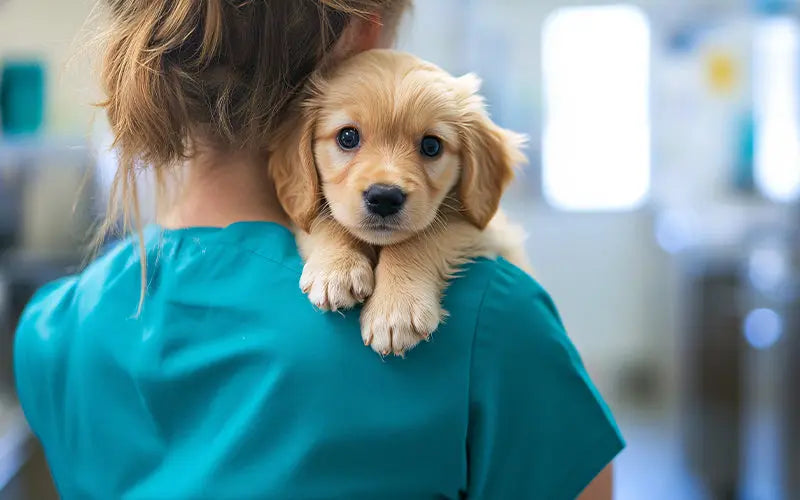Pet obesity is one of the leading causes of diseases in cats and dogs - diabetes, heart problems, orthopaedic issues, cancer and more. Obesity causes reduced sensitivity to insulin and damage to the pancreas. Thus, the level of glucose in blood rises uncontrollably, and that’s how pets get diabetes. Obesity forces the heart to work harder, leading to high blood pressure. Excess fat may also get deposited around the heart and cause heart issues.
The increased weight puts pressure on the joints and bones, making them weaker and prone to damage. Some cancers also occur more frequently in obese pets, such as urinary tract cancer, bladder cancer, and mammary gland cancer.
Obesity also affects other body parts and functions, such as the kidney, liver, immunity, respiration, and others. Just as in humans, obesity in pets can affect the overall quality of life. Sadly, pet obesity and weight issues are at an all-time high nowadays. According to a survey conducted by the Association for Pet Obesity Prevention, 59% of dogs and 61% of cats were found to be overweight or obese.

What Is Causing the Rise in Pet Obesity?
The major reason for the rise in pet obesity is food and lifestyle, although genetics, breed predisposition, hormonal imbalance, and certain diseases, like hypothyroidism, may also play a small role.
The major player in the pet food industry is commercial dry dog food, or kibble. Kibble is ultra-processed, made of low-quality ingredients, and full of fillers, preservatives, and sugar. There are virtually no regulations in the manufacturing of kibble. It is often made of meat byproducts that are unfit for human consumption, vegetables and fruits that are rejected or rotten, hard-to-digest bulking agents and fillers like cellulose and gum, and chemicals like BHA, BHT, and ethoxyquin that give shelf life. Starch, which turns into sugar inside the body, is an essential ingredient in kibble because it gives kibble the pellet-like shape.
So low nutritional content plus high amounts of starch makes kibble the biggest culprit for pet obesity. The lack of nutrition makes the body weaker and gives low energy, and that also affects physical activity, making the weight issues worse. It is a vicious cycle that ultimately damages your pet’s entire life.
What Can We Do to Tackle Pet Obesity?
Now, it is difficult to resist the pleading gazes and insistent paws of our pets when they ask for treats or extra food. However, we are their guardians, and we need to choose what is right for them every step of the way. We often can’t see any flaws in our pets. While they really are perfect to us, we need to be objective about their health. Some ways of identifying and dealing with pet obesity are:
-
Do a simple body check at home using the guidelines of Body Condition Scoring to check if your pet is showing signs of obesity.
-
Try to understand and implement portion control in your pet’s meals and give them a balanced diet with the required amount of protein, carbs, micro- and macronutrients.
-
If you suspect weight issues, consult with your vet at the earliest. The sooner weight management begins, the better chance your furry pal will have to fight pet obesity.

How to Check for Pet Obesity with Body Condition Scoring (BCS)?
Body Condition Scoring is used by veterinarians to evaluate an animal’s body condition, fat accumulation, and nutritional status. It is a quantitative tool that is used widely to assess the physical condition of cats and dogs, especially the amount of fat present in the body. The scale typically goes from 1 to 9, with 1 being extremely underweight and 9 being dangerously obese with an extreme amount of body fat.
Using BCS in Dogs
Rib Check
-
Gently run your fingers along your dog’s side.
-
You should be able to feel but not see their ribs and spine under a thin layer of fat.
-
If the fat layer is thick, your dog may be overweight.
Waist Check
-
Look at your dog from above.
-
There should be a visible waist section behind their ribs that curves gently into the hips and a slight indentation close to the midsection.
-
If your dog’s waist isn’t visible or it’s bulging, they may have excess weight.
Tummy Check
-
Look at your dog from the side.
-
There should be a tuck or upward slope in the tummy section.
-
If you see that your dog’s abdomen is hanging low and looks like it’s sagging or bulging, they have excess belly fat. This fat has been linked to systemic inflammation and disease.

Using BCS in Cats
Rib Check
-
Feel your cat’s side, applying gentle pressure.
-
The ribs and spine may not be visible to you, but you should be able to feel them under a thin layer of fat.
-
If you feel a thick layer of fat, your cat is possibly overweight.
Waist Check
-
Look over your cat to get a view of them from above.
-
Ideally, the waist should be visible behind the ribs, and you should be able to see a gentle tapering towards the hip.
-
Near the midsection, there should be a light indentation.
-
If the waist is bulging or indistinguishable, your cat may be overweight.
Tummy Check
-
Take a look at your cat from the side.
-
The tummy should have a tuck or an upward slope.
-
If the fat is clearly causing the abdomen to hang low and sag, there is excess fat. This has been cited as a cause of systemic inflammation and disease.

How Does a Balanced Diet Help Prevent Pet Obesity?
There are some factors that you need to consider when planning a balanced diet for your cats and dogs - weight, age, activity levels, neutering status, and such. A balanced diet usually consists of the right amount of proteins, fats, carbohydrates, vitamins, minerals, and water. However, monitoring protein and calorie intake is crucial when dealing with pet obesity.
For dogs, the ideal protein intake is 2.2 times the body weight. The calorie intake varies a lot more. However, the general way to calculate maintenance energy requirement/day (ideal calorie intake) is to multiply resting energy requirement/day (amount of calories required by a dog in complete rest) with one of the multipliers depending on weight, age, neutering status, etc. for an adult dog that needs to lose weight, it is usually resting energy requirement/day multiplied by 1.
For cats, the minimum protein requirement is about 5.2 grams of protein per kilogram of body weight. The calorie intake requirements, again, vary widely based on the individual factors. A cat’s maintenance energy requirement/day (ideal calorie intake) is calculated by multiplying the resting energy requirement/day (amount of calories required by a cat in complete rest) with one of the multipliers depending on weight, age, neutering status, etc. for an adult, obesity-prone cat, it is usually resting energy requirement/day multiplied by 1.
These calculations may be confusing to many. So, to help pet parents, we have a Diet Calculator that’ll make things easier. Just enter the information required, and you’ll get the ideal protein and calorie requirement for your pet in minutes!

At all stages of obesity management, it is of vital importance to visit your vet periodically and follow the instructions provided by them. With a multi-layered regime, it is possible to control obesity effectively and give your pet the life that they deserve.
Looking to explore more healthy treats and care tips for your furry friend? Check out our other guides like Can Dogs Eat Apples?, Can Dogs Eat Blueberries?, Dog Food for Weight Loss, Raw v/s cooked meat for dogs, Home Remedies to cure tick fever, Finding Good Dog Food in India, How many times should I feed my dog?, Things you should do to keep your pet healthy, Types of Dog Food, and How Prebiotics and Probiotics can improve your dog's digestion. Each guide is designed to help you make better food choices for your dog because the right diet is what gives you a happy and thriving pup.
Resources:
https://www.petobesityprevention.org/pet-weight-check
https://www.anivive.com/learn/article/more-weight-more-risk-overweight-dogs-and-cancer
https://pmc.ncbi.nlm.nih.gov/articles/PMC9573962/
https://www.petmd.com/dog/nutrition/how-many-calories-does-a-dog-need
